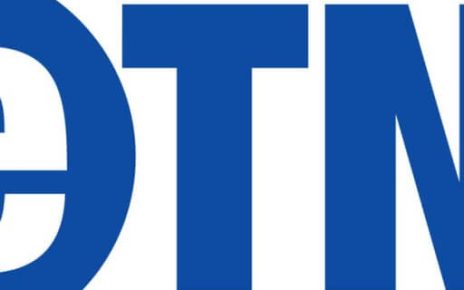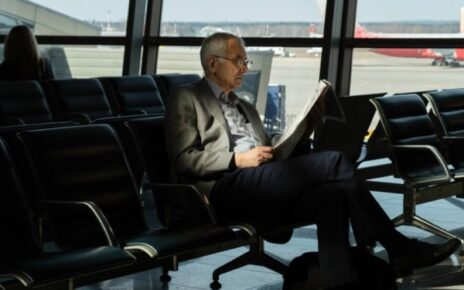According to a study by Grand View Research, the adventure travel industry is expected to be valued at $282 billion globally in 2021. It is predicted to grow annually until 2030, with the United States responsible for approximately $43 billion of this market. One-fifth of this market is attributed to “hard adventure” activities, which entail more risks than skiing or rafting.
Diving in Antarctica, climbing Mount Everest, or trekking with gorillas in Rwanda is no longer the preserve of explorers and mountaineers. People who can afford almost anything will pay a lot for extraordinary journeys.
Companies like Amazon founder Jeff Bezos’ Blue Origin even offer commercial space trips. The one-hour flight is available for $200,000 to $300,000.
Extreme travel: Adventure and luxury travel insurance are booming
More and more tour operators are taking out insurance policies for risks such as motorcycle tours through Patagonia and Mount Everest expeditions. Policies for adventure and luxury travel are growing the fastest, noted Dan Richards, CEO of insurer Global Rescue. Undoubtedly, the risks clients take are more significant than in the past.
Squaremouth, a travel insurance broker, has reported a 28% increase in the sale of adventure travel insurance policies from 2019 to 2022. Demand for trips to Antarctica and safaris in Africa has also risen, increasing interest in insurance.
The question of who will bear the costs when high-risk voyages end in disaster is also unresolved. In the case of the Titan, American taxpayers are likely to pay millions of dollars in rescue costs. Retired Admiral Paul Zukunft, who previously headed the U.S. Coast Guard, said in an interview with the Washington Post. He did not expect the operator, Oceangate, to reimburse the costs.
Both the U.S. and Canada provided rescue ships, submarines, aircraft, and sound buoys to save the occupants of the damaged submersible. The U.S. Navy also sent the Fadoss deep-sea recovery system to the area.
The National Association for Search and Rescue’s director Chris Boyer said the mission will cost millions of dollars.




